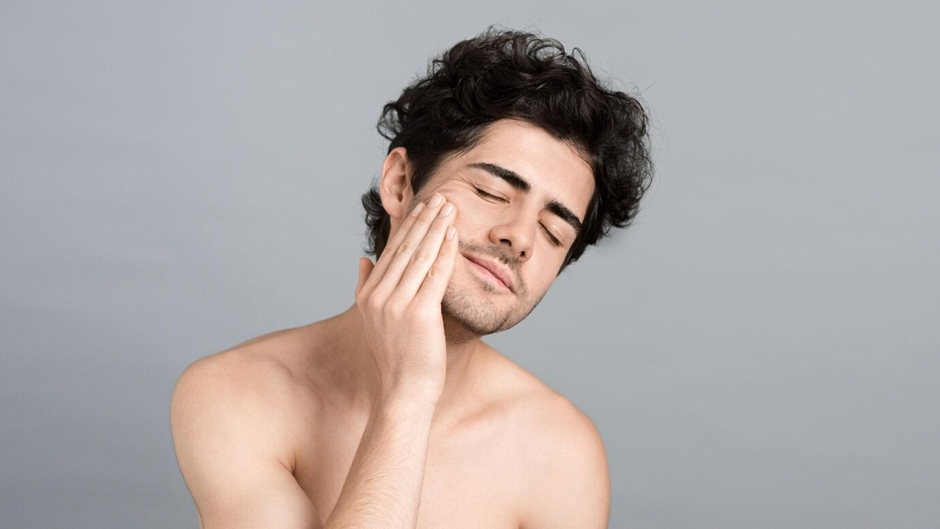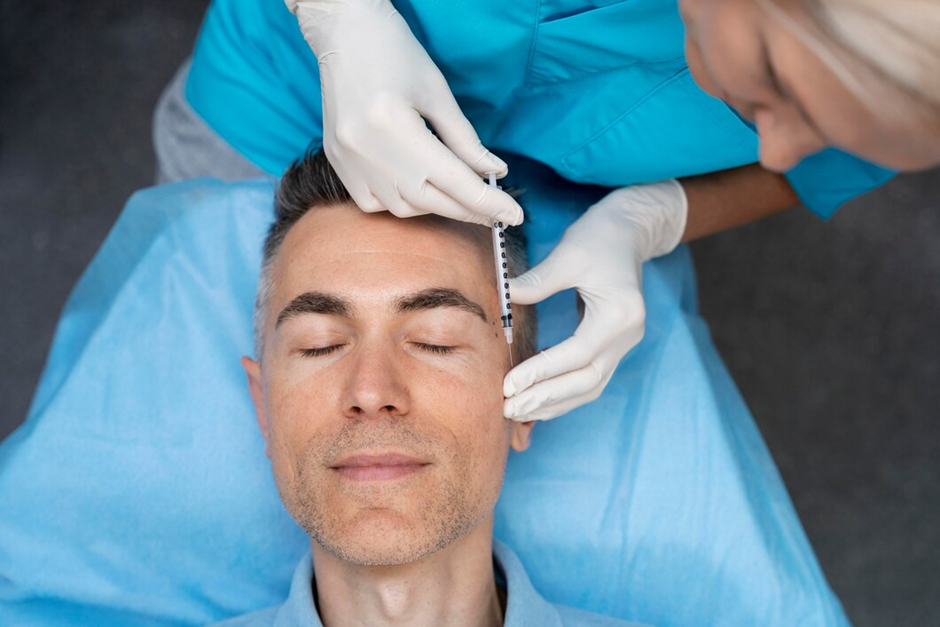How TRT Affects Skin and How Dermal Fillers Help
Introduction
Testosterone Replacement Therapy (TRT) has become a popular treatment for those experiencing low testosterone levels, often referred to as "Low T." While TRT can offer numerous benefits, including increased energy and muscle mass, it can also have significant effects on the skin. In this article, we'll explore how TRT affects the skin and how dermal fillers can be an effective solution to manage these changes. Understanding these impacts is crucial for anyone considering or currently undergoing TRT in Singapore.
What is Testosterone Replacement Therapy (TRT)?
TRT is a medical treatment designed to restore healthy levels of testosterone in individuals with low hormone levels. Testosterone is a crucial hormone that plays a vital role in many bodily functions, including muscle growth, bone density, and sexual function. However, as men age, testosterone levels naturally decline, leading to a range of symptoms that TRT aims to alleviate.
How TRT Affects the Body
When a person begins TRT, their body undergoes significant hormonal changes. These changes can lead to physical transformations, such as increased muscle mass, improved mood, and higher energy levels. However, the skin, being the body's largest organ, is also affected by these hormonal shifts.
Understanding the Skin’s Role in Overall Health
The skin is not just a protective barrier; it's an active organ involved in regulating body temperature, producing vitamin D, and protecting against infections. Hormones like testosterone have a profound impact on skin health, influencing factors such as oil production, collagen levels, and elasticity. Understanding this connection is key to managing the skin's response to TRT.
Effects of TRT on Skin
Increased Oil Production
One of the most common effects of TRT on the skin is an increase in oil production. Testosterone stimulates the sebaceous glands, leading to more sebum (oil) production. While some oil is necessary to keep the skin moisturized, excess oil can lead to acne and breakouts.
Skin Thickness
TRT can also cause the skin to thicken, a change that has both benefits and drawbacks. Thicker skin can be more resilient and less prone to damage, but it can also lead to a rougher texture and the appearance of enlarged pores.
Collagen Production
Collagen is a protein that gives the skin its structure and firmness. TRT can influence collagen production, potentially improving skin firmness. However, if not balanced, it can also lead to uneven skin texture or contribute to the formation of wrinkles. Supplementing with amazon collagen for women can help support skin health and maintain its firmness.
Ageing and Wrinkles
The relationship between TRT and aging is complex. In some cases, TRT may reduce the appearance of fine lines and wrinkles by enhancing collagen production. However, in others, it might accelerate the aging process, particularly if the skin becomes too thick or oily.
Skin Elasticity
Elasticity is crucial for youthful-looking skin. TRT can affect the skin's elasticity, sometimes enhancing it by increasing collagen and elastin levels. However, in some cases, the skin might lose its flexibility, leading to sagging or a less toned appearance.
Common Skin Issues Related to TRT
Acne and Breakouts
The increased oil production caused by TRT can lead to clogged pores and acne. This is particularly common in the early stages of treatment as the body adjusts to higher testosterone levels. Managing TRT-induced acne often requires a tailored skincare routine that includes gentle cleansers, exfoliants, and non-comedogenic moisturisers.
Dryness and Sensitivity
While oily skin is common, some individuals experience dryness and sensitivity during TRT. This can be due to hormonal fluctuations that disrupt the skin's natural moisture barrier. Using hydrating products and avoiding harsh chemicals can help alleviate these symptoms.
Hyperpigmentation
Hormonal changes from TRT can also cause hyperpigmentation, leading to dark spots or uneven skin tone. This can be particularly frustrating, but treatments like topical retinoids, vitamin C, and professional procedures such as chemical peels can help.
Introduction to Dermal Fillers
Dermal fillers in Singapore are injectable substances used to restore volume, smooth wrinkles, and enhance facial contours. They are made from various materials, including hyaluronic acid, calcium hydroxylapatite, and poly-L-lactic acid. These fillers work by plumping up the skin, making it look fuller and more youthful. Singapore is known for its advanced medical facilities and skilled practitioners, making it a popular destination for individuals seeking high-quality dermal filler treatments.
How Dermal Fillers Help with TRT-Induced Skin Changes
Restoring Volume and Fullness
One of the primary benefits of dermal fillers is their ability to restore lost volume and fullness to the face. This can be particularly helpful for those experiencing changes in skin thickness due to TRT. Fillers can smooth out rough texture and create a more even skin tone.
Smoothing Wrinkles and Fine Lines
TRT can sometimes lead to premature ageing signs, such as wrinkles and fine lines. Dermal fillers can effectively smooth these out by filling in the gaps where collagen has decreased, giving the skin a smoother, more youthful appearance.
Improving Skin Elasticity
Fillers can also improve skin elasticity by stimulating collagen production. This can help counteract any loss of flexibility caused by TRT, ensuring that the skin remains firm and toned.
Treating Acne Scars
For those who develop acne as a side effect of TRT, dermal fillers can be a game-changer. They can be used to fill in depressed acne scars, creating a smoother and more even skin surface.
Choosing the Right Dermal Filler
When considering dermal fillers, it's essential to choose the right type based on your specific skin needs and goals. Factors to consider include the filler’s composition, longevity, and the area being treated. A consultation with a qualified skincare professional can help determine the best option.
Combining TRT with Dermal Fillers for Optimal Results
Combining TRT with dermal fillers can offer a synergistic effect, enhancing the overall appearance of the skin. However, it's crucial to approach this combination strategically, ensuring that both treatments are balanced to avoid overwhelming the skin. Working with a healthcare provider experienced in both TRT and cosmetic procedures is key to achieving the best results.
Potential Risks and Considerations
Both TRT and dermal fillers come with potential risks. TRT can lead to side effects such as acne, oily skin, and changes in skin texture, while dermal fillers can cause bruising, swelling, or allergic reactions. Long-term impacts on skin health should also be considered, making it essential to weigh the pros and cons carefully before proceeding.
Lifestyle Tips for Healthy Skin During TRT
Maintaining healthy skin during TRT requires a holistic approach. This includes following a balanced diet rich in vitamins and antioxidants, staying hydrated, and using skincare products suited to your skin type. Regular exercise and adequate sleep also play a significant role in keeping the skin looking its best.
Conclusion
Testosterone Replacement Therapy can have profound effects on the skin, ranging from increased oil production to changes in skin thickness and elasticity. While these changes can be challenging to manage, dermal fillers offer a powerful solution to counteract many of TRT's side effects. By understanding how TRT impacts the skin and utilising the benefits of dermal fillers, individuals can maintain healthy, youthful-looking skin throughout their treatment journey.








